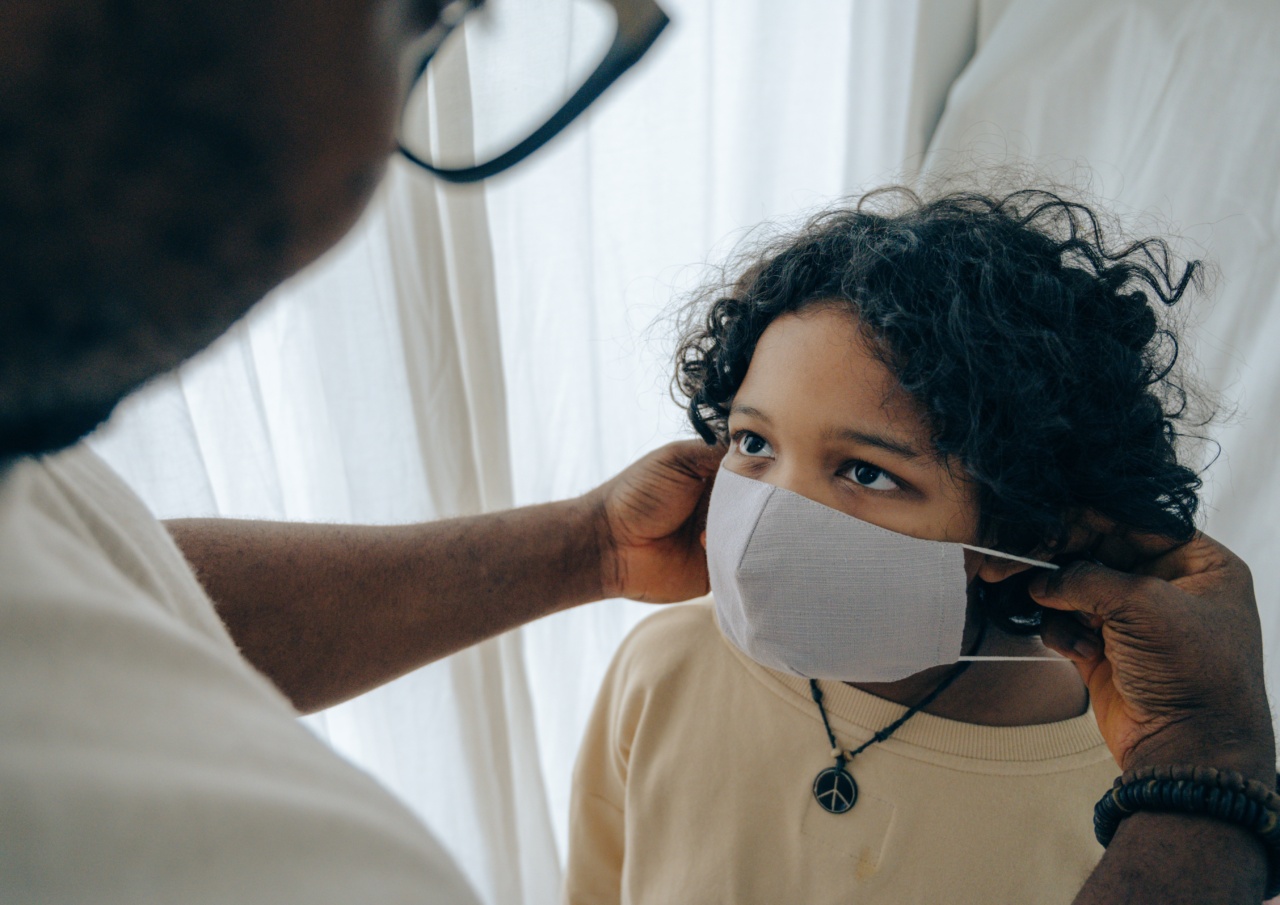Allergies are becoming increasingly common in children, with up to 8% of children in the US suffering from food allergies alone. As a parent, it can be challenging to know how to protect your child from allergies.
This comprehensive guide will provide you with everything you need to know to keep your child safe.
1. Recognizing Allergies
The first step in protecting your child from allergies is recognizing them. Allergies can manifest in a variety of ways, including:.
- Skin rashes or hives
- Sneezing and a runny nose
- Coughing and wheezing
- Itchy or watery eyes
- Swelling of the face or tongue
- Difficulty breathing
If you notice any of these symptoms in your child, it is important to seek medical advice immediately.
2. Identifying Allergens
The next step in protecting your child from allergies is identifying the allergens that trigger their symptoms. Common allergens include:.
- Foods, such as peanuts, tree nuts, dairy, and shellfish
- Pollen from grass, trees, and flowers
- Dust mites
- Mold spores
- Pet dander
- Insect bites or stings
You can work with your child’s doctor or an allergist to identify the specific allergens that trigger their symptoms.
3. Prevention Strategies
Once you have identified your child’s allergens, you can take steps to prevent exposure. Some prevention strategies include:.
- Avoiding the allergen altogether
- Reading food labels carefully
- Cleaning your home regularly to reduce dust and mold
- Using air purifiers and dust mite covers for bedding
- Keeping pets out of certain rooms or, if necessary, out of the home altogether
- Using insect repellent and wearing appropriate clothing to prevent bites or stings
It is important to discuss these prevention strategies with your child’s doctor to ensure they are safe and appropriate.
4. Creating an Emergency Plan
Even with prevention strategies in place, accidents can happen, and your child may still come into contact with their allergens. It is important to have an emergency plan in place to respond quickly in case of an allergic reaction.
This plan should include:.
- Known allergies and triggers
- Symptoms of an allergic reaction and when to seek medical attention
- Emergency contact information
- Instructions for administering medication, such as epinephrine auto-injectors
Make sure your child, their caregivers, and anyone else who may be responsible for their care understands the emergency plan and knows what to do in case of an allergic reaction.
5. Educating Your Child
As your child grows older, it is important to educate them about their allergies and how to protect themselves. This includes teaching them:.
- What their allergens are and how to avoid them
- What symptoms to look out for
- How to read food labels and identify allergens
- How to administer medication if necessary
- When to seek medical attention
It is also important to teach your child to advocate for themselves and communicate their needs to others, such as teachers, friends, and family members.
6. Working with Others
Protecting your child from allergies is a team effort, and it is important to work with others to ensure their safety. This includes:.
- Informing your child’s school or daycare of their allergies and emergency plan
- Providing caregivers with medication and instructions for use
- Working with friends and family to create a safe environment for your child
- Being open and honest about your child’s allergies and needs
By working together, you can ensure that your child is protected from allergens and can lead a happy and healthy life.
Conclusion
Allergies can be a scary and overwhelming experience for both parents and children.
But by recognizing and identifying allergens, creating prevention strategies, having an emergency plan in place, educating your child, and working with others, you can protect your child and give them the tools they need to stay safe and healthy.



























